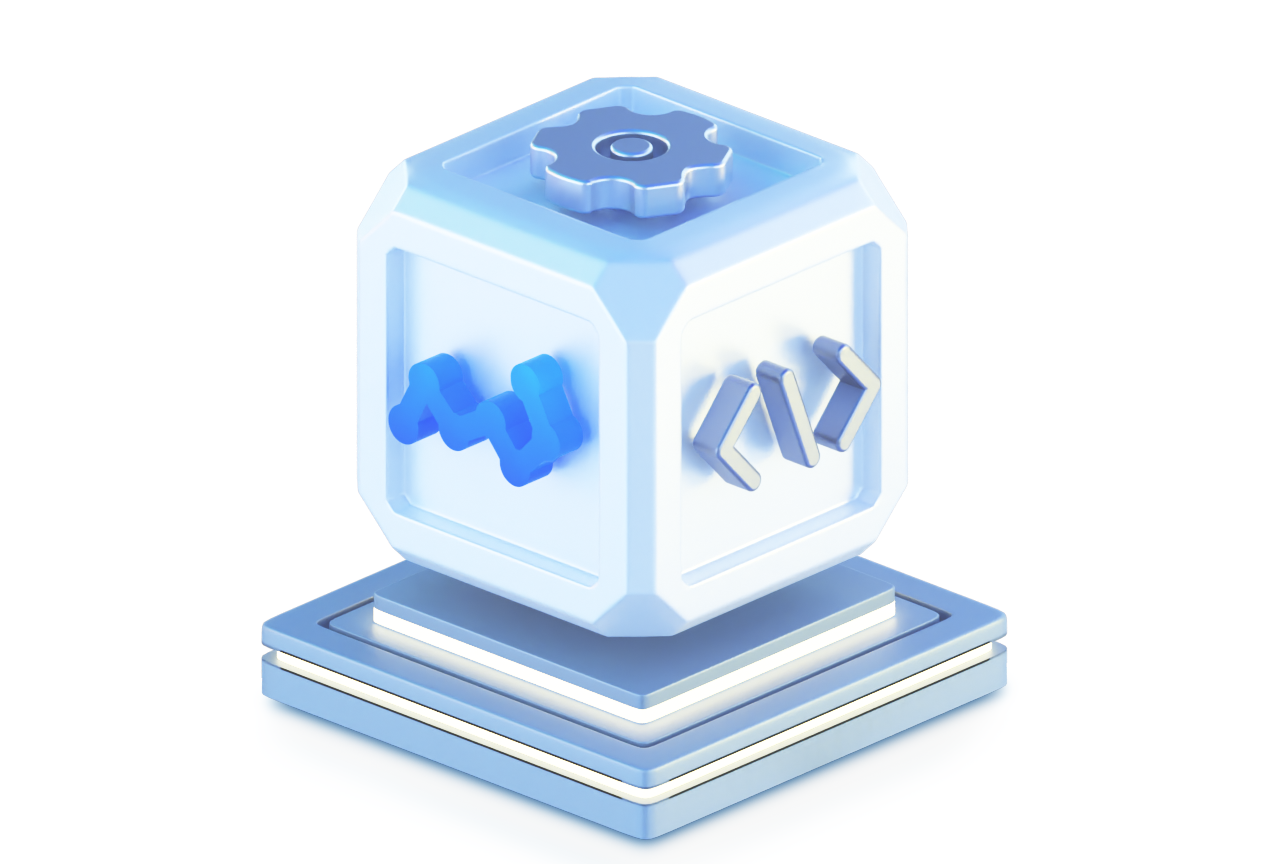Application Performance Management (APM) offers performance analysis and automatic troubleshooting capabilities for distributed application architectures. With APM, you can install probes to collect data and monitor your different applications in real time, helping you guarantee the stability and availability of your complex business system with no code modifications required. In this way, you can quickly locate performance problems, shorten the mean time to repair (MTTR), stay up to date with the application performance, and improve the user experience.
Overview
Benefits

Automatic Topology Discovery
Discover upstream/downstream dependencies in a distributed architecture in real time, and draw dependency topologies to view the health status of all the applications and components of your business system.

Call Tracing
Automatically build the complete path of each request and collect rich upstream/downstream information in a microservice architecture to locate performance bottlenecks quickly.

Stability and Reliability
Enjoy stable and reliable tracing capabilities based on Tencent Cloud's big data capabilities and many years of experience in microservice monitoring and tracing.

Multidimensional Drill-Down Analysis
Continuously observe the calls of each service, API, and service instance and discover the call data of the middleware in the corresponding systems. In this way, you can easily stay informed of the system running status in various dimensions and drill down based on key monitoring metrics.

Real-Time Alarming
Leverage the flexible alarming capabilities offered by Cloud Monitor to set appropriate alarm rules according to application performance fluctuations, so that APM can send alarm notifications to you as soon as an exception occurs. This helps you promptly improve your product availability and user experience.

Open-Source Compatibility
Migrate your monitoring service from SkyWalking and Jaeger to APM by simply modifying data reporting configurations. APM supports protocols in diverse programming languages and is compatible with OpenTracing, a widely used standard in the industry. This eliminates the need for complicated Ops and reduces development costs.
Features
One-Stop Call Chain Analysis
APM's tracing feature can automatically build the complete path of each request across services in a microservice architecture. It collects diverse information from request parameters, transaction data, errors, and exceptions to method stacks and underlying instance environment information, enabling full-trace analysis from one platform and improving the troubleshooting efficiency. This solves troubleshooting challenges like difficult aggregation of scattered logs in non-standard formats as well as difficulties in associating upstream/downstream service logs.
Automatic Discovery of Application Dependency Topology
APM automatically discovers application logic topologies through the distributed call tracing model and then draws global topologies at the application level. This visually displays complex dependencies between applications and enables you to quickly locate application or component bottlenecks through real-time data drill-down and smart application status analysis. APM can also display the upstream/downstream dependencies of an application to show how the upstream load may affect downstream services, so that you can comprehensively analyze the health status and performance metrics of the application.
Multidimensional Analysis
APM actively aggregates performance and exception metrics in various dimensions such as API, exception, and database call to help you swiftly identify slow APIs, SQL statements, and frequent exceptions. By leveraging the quick trace drill-down feature, you can greatly shorten the MTTR.
Database Call Monitoring
APM can comprehensively monitor many types of databases such as MySQL, Oracle, MongoDB, and Redis. It automatically collects the database performance metrics relevant to the business system, helping you stay on top of slow SQL statements, calls, and read performance in your database and accurately locate database performance problems.
Scenarios
Locating Performance Bottlenecks
Troubleshooting
Business Challenges
As the business grows, the business logic becomes increasingly complicated, making it harder to analyze and locate application performance problems and bringing huge challenges to monitoring and Ops:
- Dependencies between applications are complicated and hard to sort out.
- Call traces are too long to easily locate and troubleshoot problems.
- API and database call relationships are complex and difficult to manage.
Solutions
- APM locates performance bottlenecks through automatic application topology discovery.
- It optimizes the application performance based on key performance metric comparison.
- It allows you to configure alarms for metric changes and detect exceptions promptly.
Business Challenges
Failures in the production environment may interrupt business operations. Complex dependencies between services make it hard for Ops personnel to locate the causes of failures, compromising the user experience.
Solutions
- APM monitors API exceptions, so that you can immediately check the API call status and locate API exceptions when a system error occurs.
- Then, it helps you trace the call to comprehensively monitor key metrics like application call status and call time.
